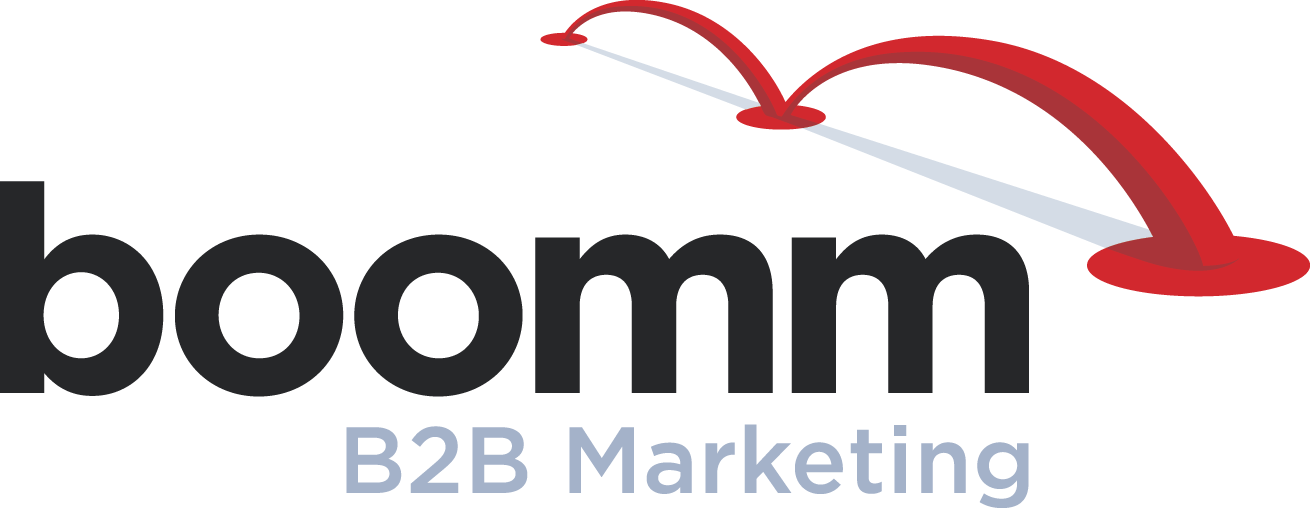B-to-B Internet Marketing: How to Search Engine Optimize Your Website
 In last week’s blog post on B-to-B Internet marketing, we explained how to choose appropriate keywords for your company. Now, we’re going to help you increase your website’s chances of ranking for those keywords using search engine optimization (SEO).
In last week’s blog post on B-to-B Internet marketing, we explained how to choose appropriate keywords for your company. Now, we’re going to help you increase your website’s chances of ranking for those keywords using search engine optimization (SEO).
To help prospects find your company via search engines, you should aim to be on the first page or in the first few search engine results pages for your keywords. Google suggests that you design your website for visitors, and not for search engines. While you should keep this principle in mind, it is worthwhile to learn a bit more about SEO in order to better optimize your site.
What You Should Know About SEO
SEO can be divided into two separate categories: On-page SEO and off-page SEO.
- Off-page SEO refers to your site’s overall “authority” on the web, which is determined by what other websites say about your site. This can take time to improve.
- On-page SEO refers to how well you present your website’s content to search engines. Even though on-page SEO accounts for only about 25% of how search engines score and rank your website, it’s worth tackling first since it can be improved quickly – and you can do it in a few simple steps.
Elements of On-Page SEO
- Page Title. The page title is one of the most important on-page SEO factors. Page titles are the text you see at the top of your browser window when viewing a web page. They are also the title of a page that is presented in search engines. You can find and edit page titles in your site’s HTML. To create effective page titles, be sure to include a keyword at the beginning of the title, make the title less than 70 characters long and add your company name at the end of the title. Also, be sure to use different page titles for each page because each page is an opportunity to target a different keyword.
- Meta Description. Meta data is the text you see as the description of a page in Google search. The meta description is used to provide the searcher with a short description of the page (less than150 characters to be exact) beneath each result. In fact, if a meta description is not included in the source code, then the search engine will usually display part of the content from the page in its place.
- Headings. Text in the headings of your web pages is more likely to be read by search engines as keywords than text in the rest of the page. For this reason, it is good to include keywords in your headings whenever possible. <h1> tags give the text more weight as keywords than <h2> tags, which have more weight than <h3> tags.
- Images. When adding images to your website, be sure to associate text with images by adding the ALT text HTML attribute to your image. In addition, include a keyword in your image file name to help draw in traffic from image searches; however, be sure to separate different keywords in the file name with a dash (-).
- On-Page Text. You will also need to add your keyword to your web page text. But, don’t overdo it by stuffing your web pages with keywords. Apart from leading to a bad user experience, search engines are smart enough to detect these behaviors. Begin your on-page text optimization by including the desired keyword once per web page.
- Page URL. To complete your on-page SEO work, you will want to include your keyword in the URL of your web page. For example, when Boomm optimized a page on our website for the keyword b-to-b marketing, we included the keyword in the URL as follows: https://boomm.com/b-to-b-marketing.
Off-Page SEO
But remember, on-page SEO accounts for 25% of your overall search engine ranking – the remaining 75% is due to off-page SEO. As mentioned earlier, off-page SEO is based on your site’s overall “authority” on the web, which is primarily influenced by inbound links. For example, if another website links to a page on your website (like a blog article), that is called an inbound link. To attract more inbound links, you will need to create valuable content that other websites will want to link to – and share your content via social media. We will talk more about this in next week’s blog post on social media promotion.
[hs_action id=”1600″]


